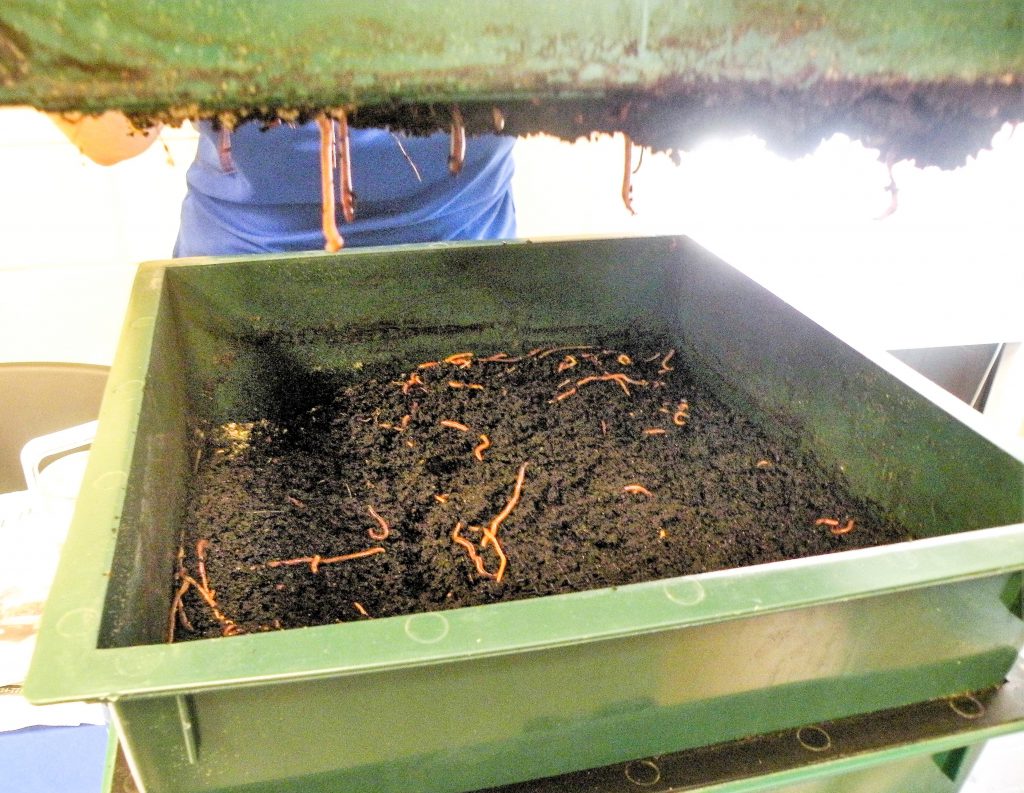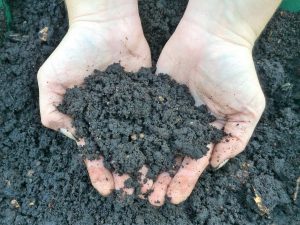
In a world increasingly focused on sustainability, vermicomposting has quietly emerged as a simple, eco-friendly method to reduce waste and enhance garden soil health. This natural process involves specialized earthworms that convert kitchen and garden waste into nutrient-rich vermicompost, often dubbed “black gold.”
Beyond the environmental benefits, vermicomposting brings tangible advantages to your garden. When integrated into your garden soil, vermicompost enhances soil structure, improving water retention and reducing soil compaction. Moreover, it serves as a slow-release fertilizer, converting nutrients into readily available forms for plant roots. Vermicompost also enriches your soil ecosystem by introducing beneficial microorganisms that help suppress soil-borne pathogens, fostering a healthy environment for your garden and landscape plants.

Below is a summary of the components needed to successfully vermicompost at home.
For a comprehensive dive into the practical aspects of vermicomposting, its benefits for your garden, and guidance on building a vertical vermicompost system at home, be sure to check out the Vermicomposting 101 Fact Sheet: https://sfyl.ifas.ufl.edu/media/sfylifasufledu/leon/docs/pdfs/Vermicomposting-101-UF-IFAS-Leon-mcj.pdf
What you’ll need to get started:
- Worm Bin: Choose a dark-colored, breathable bin that is no deeper than 20 inches. The size of your bin should align with the amount of food waste you produce weekly. As a general guideline, you’ll need approximately 1 sq. ft. of surface area for every pound of weekly food waste. If you’re building a vertical system, consider using three 10-gallon bins, which work well for this purpose.
- Worms: You’ll need approximately 1 lb. of Eisenia fetida worm species, which equates to about 1,000 worms, for every 1 sq. ft. of surface area in your bin.
- Bedding: Choose moistened carbon-rich organic materials such as newspaper strips with plant-based ink, leaf litter, shredded corrugated cardboard, or coir for bedding. Fill the bin about one-third full of bedding or create a layer no thicker than 6 inches.
- Grit: To aid in digestion, mix in one handful of regular soil when you’re starting a new bin.
- Food: Worms have a taste for chopped vegetable scraps and most fruits, as well as coffee filters/grounds, leaves, crushed eggshells, and plain grains. As your worm population becomes established, begin feeding them slowly and ensure the food is being consumed before adding more. Smaller food pieces, with greater surface area, are easier for worms to digest. In general, 1 lb. of worms can consume roughly 1/3 lb. of food per day once they are well-established.
Happy vermicomposting!
- Cool Season Annual Herbs to Plant in December - December 11, 2025
- The Dirt on Compost: Hot and Worm Composting at Home - October 30, 2025
- Fall Gardening Spotlight: Collard Greens - October 3, 2025
